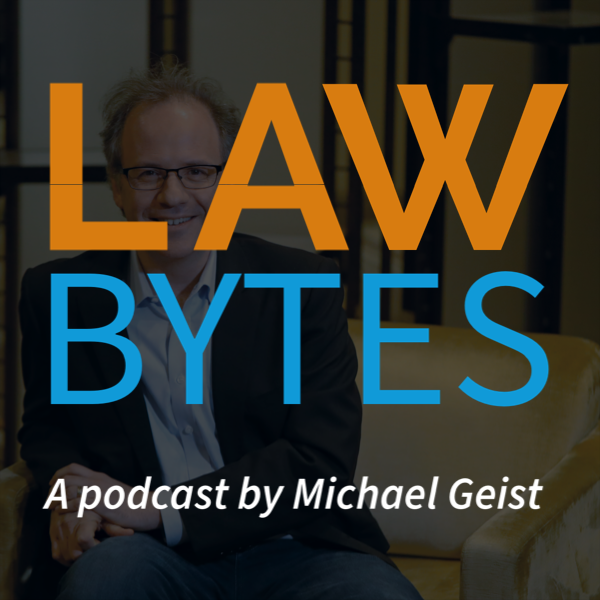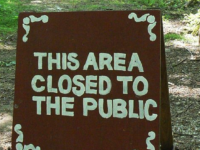The CRTC’s decision to require registration for a wide range of Internet sites and services that meet a $10 million revenue threshold, including podcasters, adult sites, and news sites, appears to have taken many Canadians by surprise. For anyone who closely followed Bill C-11, this was entirely expected given that the bill adopts an approach in which all audio and video content anywhere in the world is subject to Canada’s Broadcasting Act. I listed many of the sites that are now caught by the regulations back in 2021 based on an internal Heritage memo that identified many that no one would reasonably describe as web giants. In other words, this isn’t an outlier. Rather, it is how the government crafted the law with a “regulate everything” default and the expectation that the CRTC would establish some exemptions. But even if most Canadians were only vaguely aware of the exceptionally broad scope of Bill C-11, they might still have missed the regulatory process that led the CRTC to establish the $10 million threshold and acknowledge that this is the first step in a bigger regulatory plan. That is because the Commission intentionally limited public participation and rejected efforts to extend the timeline for submissions on the grounds that the issue was “industry focused and relatively narrow in scope.”
Archive for October 4th, 2023

Law Bytes
Episode 254: Looking Back at the Year in Canadian Digital Law and Policy
byMichael Geist

December 22, 2025
Michael Geist
December 8, 2025
Michael Geist
December 1, 2025
Michael Geist
November 24, 2025
Michael Geist
November 17, 2025
Michael Geist
Search Results placeholder
Recent Posts
 The Year in Review: Top Ten Michael Geist Substacks
The Year in Review: Top Ten Michael Geist Substacks  The Year in Review: Top Ten Law Bytes Podcast Episodes
The Year in Review: Top Ten Law Bytes Podcast Episodes  The Year in Review: Top Ten Posts
The Year in Review: Top Ten Posts  The Law Bytes Podcast, Episode 254: Looking Back at the Year in Canadian Digital Law and Policy
The Law Bytes Podcast, Episode 254: Looking Back at the Year in Canadian Digital Law and Policy  Confronting Antisemitism in Canada: If Leaders Won’t Call It Out Without Qualifiers, They Can’t Address It
Confronting Antisemitism in Canada: If Leaders Won’t Call It Out Without Qualifiers, They Can’t Address It

